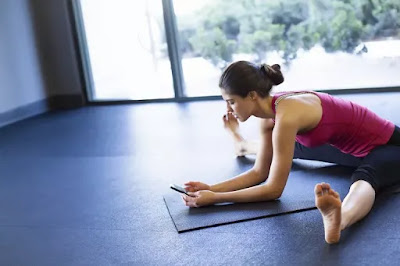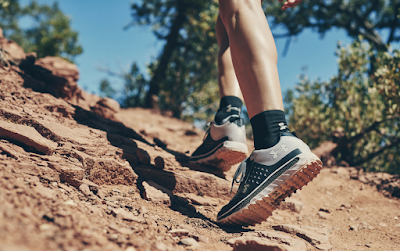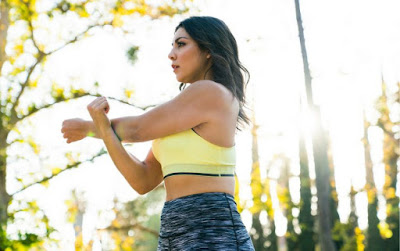Yoga Class Do's and Don'ts for Beginners
Common sense and common courtesy are the cornerstones of good etiquette in any situation. Add in a healthy dose of respect for the people and places around you and a smidge of kindness and that about covers it, right?
Right, but if you’re nervous about starting yoga, knowing more about a few issues that are specific to yoga classes and studios can go a long way toward making you feel more comfortable.
So read up and then head over to your local yoga studio with confidence.
#1 - Remove Your Shoes:
Most yoga studios have a place for your shoes right by the front door. Since people will be walking around the studio barefoot, it is most hygienic if everyone takes off their outdoor shoes first thing. If you're taking yoga at a gym, remove your shoes before you enter the yoga room.
#2 - Silence Your Cell Phone:
Make a habit of doing this as soon as you get to yoga class. You will be quite embarrassed if your phone rings during class. If this happens (and it has even happened to me), I advocate owning up and going to turn the ringer off immediately. Some teachers prefer may that it just be ignored and will let you know of their preference. Never ever answer the phone or send texts during class.
#3 - Arrive On Time:
Arrive at least 10 minutes before the class is scheduled to start so you have time to check in, put down your mat, and go to the bathroom of necessary.
If you do arrive late, don't enter a class more than 10 minutes late if it has already started. Wait for the next class or another day.
#4 - Respect Others' Mat Spaces:
When we asked yoga students what their biggest pet peeves were, "people stepping on my mat" was the top answer. Yes, it's a pretty small thing and sometimes it's difficult in a really crowded room, but do your best to avoid stepping on other students' mats as you make your way through the room.
A lot of people see their yoga mat as a special, almost sacred place. Plus, they want to keep it clean.
If you attend a class that is usually crowded, place your mat pretty close to the person next to you so that there will be enough space for everyone. And always be willing to move your mat to make room for another student.
#5 - Respect the Teacher:
When you enter a yoga class, you sign on to respect the teacher for the next hour and a half. You may discover halfway through the class that you don't care for this teacher, playlist, or hour of the day. But you still should continue with the class, follow the teacher's instructions, take your Savasana, and chalk it up to experience. Walking out mid-class is only ok in rare circumstances.
#6 - Keep Variations Appropriate:
Keep in mind the level of the class you are attending. If it is an advanced class and some of the poses are too hard, it is fine to take a more basic variation of the poses being taught. Usually, the teacher will offer this option. If you are attending a basic class, stick to the basic versions of the poses so you don't confuse new students. The teacher will offer you the option to take a more advanced variation when appropriate. If you are adapting poses because of an injury, always be sure to let the teacher know.
When it comes time to take a vinyasa, always feel free to take either knees, chest, and chin and cobra or chaturanga and updog.
#7 - Go to the Bathroom During Resting Poses:
It is fine to leave class for a few minutes to go to the bathroom: There is no need to ask the teacher's permission. The best time to go is when there is a period of rest, either in child's pose or downward dog. You will not earn your teacher's respect if you routinely dodge out during difficult poses or skip part of savasana.
#8 - Don't Skip Savasana!:
Your final relaxation in savasana is an important part of your practice. Don't plan to leave class early.
If you must, tell the teacher in advance and take a short Savasana before you go. Don't make a habit of this.
Content & Image Courtesy: https://www.verywellfit.com/yoga-etiquette-3566740







